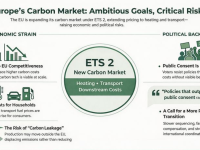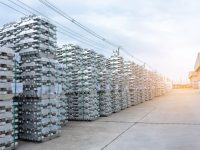When we began this journey together, the idea was simple: make hedging aluminium less intimidating and more practical for businesses exposed to market volatility. Seventy episodes later, here we are, closing a cycle that has stretched across almost seventy sessions, each dedicated to empowering decision-makers with strategies to manage risk more effectively.
In this final episode, Jorge reflects on why hedging is not just an option, but a must for companies navigating global commodity markets.
Why hedging matters
Hedging may seem like a personal decision whether or not to protect your business from volatile aluminium prices or fluctuating currency exchange rates. But in reality, hedging is essential because every company carries exposure to risks. The real question is not if you should hedge, but when and how.
For industries where aluminium costs make up a large share of total production expenses, market swings can significantly impact profitability. Hedging, through futures contracts or options strategies, offers the flexibility to protect margins while retaining growth opportunities.
What, when and how to hedge
- What to Hedge: Primarily, companies hedge the metal itself, aluminium. But it doesn’t stop there. Other exposures like currencies also matter. Since most aluminium is priced in US dollars (except for the Shanghai Exchange), companies based in the Eurozone, India, or elsewhere must also protect themselves from currency risk.
- When to Hedge: Timing is critical. Should you hedge when aluminium is at USD 2,700/tonne? Or should you wait for a retreat? This decision will always depend on each company’s cost structure, risk appetite and exposure.
- How to Hedge: Companies can hedge using futures or options, depending on their objectives. Futures offer direct price protection, while options provide flexibility with downside insurance.
- Where to Hedge: Hedging takes place on exchanges that match your price formula: LME if based on London benchmarks, COMEX if tied to US markets, or Shanghai if pricing is regionally driven. Choosing the right market ensures your hedge is effective.
The value of knowledge and continuity
Over these seventy episodes, the Hedging with Jorge series has journeyed from the basics of futures to the nuances of options, spreads, carry trades and currency risk. The mission has always been clear: equip industry professionals with the tools to make better, risk-aware decisions.
As Jorge closes this series, he reminds us with a phrase from Albert Einstein: “Life is like riding a bicycle. To keep your balance, you must keep moving.”
In hedging and in business, the lesson is the same. Keep learning, keep adapting and keep moving forward.
Final thoughts
This may be the final episode, but the conversation on risk management in aluminium markets never really ends. The world of commodities is dynamic and so must be the strategies we use to navigate it.
To all who have joined across these seventy episodes thank you for opening your minds and investing in knowledge that will safeguard your businesses.















